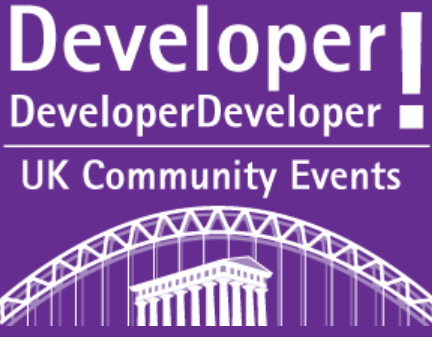Return of the PICO MIDI CheeseBox
/this passes for a tidy desktop in my house
I invented the PICO Midi Cheesebox a while back. It was great fun to make. It performs as a mini-sequencer keyboard, powered by a PICO and using a 12 pixel ring and 12 buttons to control it. A Python program inside gives you a three track sequencer with keyboard input.
The cheesebox is designed to be used as a MIDI input device, it doesn’t have any sound generation built-in. It works really well with my Chocolate Synthbox which contains a Raspberry Pi running a Pure Data synthesizer program.
Then, just before Christmas, Brian put me onto a new device from M5Stack. The Unit Synth contains an SAM2695 audio synthesizer and responds to General Midi commands to make sounds via a tiny built in speaker. I got one to play with and one as a present for number one son. It works really well, although the speaker is a bit weedy.
I did some more digging and discovered the Unit MIDI which contains the same synthesizer chip, replaces the speaker with a 3.5mm stereo jack socket and adds a couple of proper MIDI connections. So I got one of those as well. the aim now is to make a super-cheesebox which contains a Unit MIDI and some proper speakers. I’ve got the cheesebox controlling the synth, next thing to do is package it and then tidy up the software a bit.
The OLED screen doesn’t work at the moment.
I’m going to be using one of the CheeseBox PCBs I had made a while back, fitted into a newly designed case. This means more surface mounting shenanigans. Such fun.









